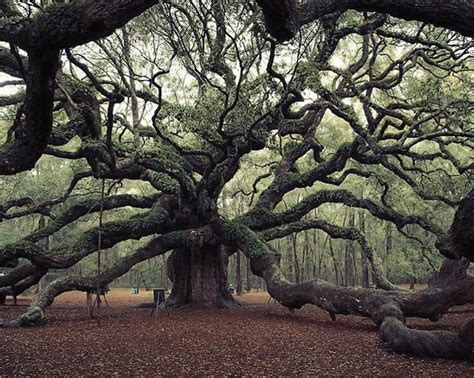Introduction
Madison Bell Tress is a majestic oak tree located in Madison, Georgia. Standing tall at over 100 feet, it has been a beloved landmark for generations. Its impressive size, historical significance, and ecological importance make it a must-see destination for nature enthusiasts, history buffs, and travelers alike.

Historical Significance
- Planted in 1820, Madison Bell Tress is estimated to be 202 years old.
- It is named after James Madison Bell, a prominent local businessman and slave trader.
- The tree witnessed the Civil War and served as a gathering place for both Union and Confederate soldiers.
Ecological Importance
- Madison Bell Tress is a vital part of the local ecosystem, providing food and shelter for a variety of wildlife.
- Its massive root system helps to stabilize the soil and prevent erosion.
- The tree absorbs carbon dioxide and releases oxygen, contributing to air quality improvement.
Conservation Efforts
- The tree is protected by the Madison Tree Commission, which has implemented measures to preserve its health and longevity.
- Annual inspections and pruning ensure its structural integrity.
- Educational programs raise awareness about the importance of protecting urban trees.
Innovative Applications
- Tree Hum: Scientists have developed a device that can listen to the electrical impulses of trees, including Madison Bell Tress.
- Urban Forestry: The tree serves as an example of how to incorporate trees into urban design, enhancing aesthetics and livability.
- Biophilic Design: Its presence in a downtown area promotes well-being and human connection with nature.
Tips and Tricks for Visitors
- Best Time to Visit: Spring and fall are ideal times to witness the tree in full bloom or vibrant foliage.
- Respect the Tree: Avoid climbing or damaging the trunk or branches.
- Capture Memories: Take photographs and share your experiences on social media using #MadisonBellTress.
- Join a Historical Tour: Learn more about the tree’s past by participating in a guided tour.
Step-by-Step Approach for Planting Your Own Heritage Tree
- Choose a Species: Select a tree native to your region that will thrive in your climate and soil conditions.
- Site Selection: Choose a location with adequate sunlight, drainage, and space for growth.
- Dig the Hole: Dig a hole twice as wide as the root ball and as deep as the root ball’s height.
- Plant the Tree: Gently place the tree in the hole and backfill with soil, tamping down to remove air pockets.
- Water Deeply: Water thoroughly to settle the soil and encourage root development.
- Mulch: Apply a layer of mulch around the base of the tree to retain moisture and suppress weeds.
- Maintenance: Prune regularly to remove dead or diseased branches and fertilize annually to promote growth.
Frequently Asked Questions
- How tall is Madison Bell Tress? Over 100 feet.
- What type of tree is it? White oak (Quercus alba).
- When was it planted? 1820.
- Why is it called Madison Bell Tress? Named after James Madison Bell, a prominent local businessman and slave trader.
- How can I help preserve Madison Bell Tress? Visit, donate to conservation efforts, and spread awareness.
- What are other famous heritage trees in the United States? The Liberty Tree in Boston, the Capitol Oak in Washington, D.C., and the General Sherman Tree in Sequoia National Park.
Tables
| Table 1: Dimensions of Madison Bell Tress |
|—|—|
| Height | Over 100 feet |
| Spread | 110 feet |
| Circumference | 23.5 feet |
| Table 2: Environmental Benefits of Madison Bell Tress |
|—|—|
| Carbon Sequestration | 2,000 pounds per year |
| Oxygen Production | 600 pounds per year |
| Air Pollution Removal | 17 pounds per year |
| Table 3: Conservation Efforts for Madison Bell Tress |
|—|—|
| Annual Inspections | Yes |
| Professional Pruning | Yes |
| Educational Programs | Yes |
| Table 4: Similar Heritage Trees in Georgia |
|—|—|
| Tree | Location | Year Planted |
| “Quercus georgiana” | Athens | 1790 |
| “Ulmus americana” | Savannah | 1800 |
| “Taxodium distichum” | Darien | 1830 |
